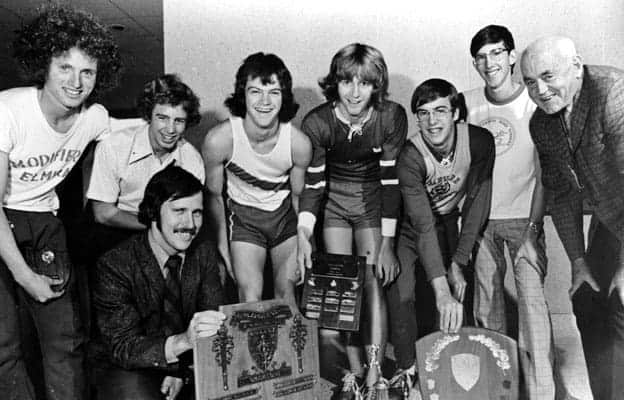;
;
;
Next Article
A chance for local politicians to weigh in

When news of the horrific housing situation in the northern Ontario aboriginal settlement of Attawapiskat first broke last fall, many Canadians were confused with how conditions in the community could have become so bad. Dropping temperatures and health and safety concerns due to inadequate housing
Last updated on May 04, 23
Posted on Apr 19, 12
5 min read
